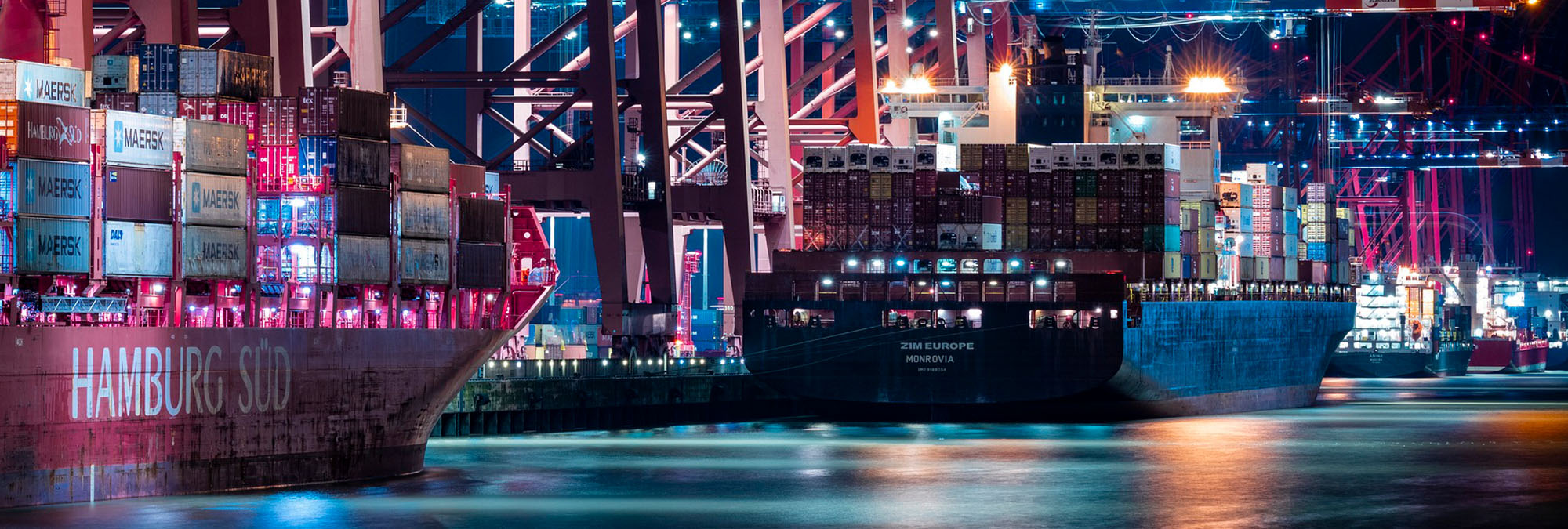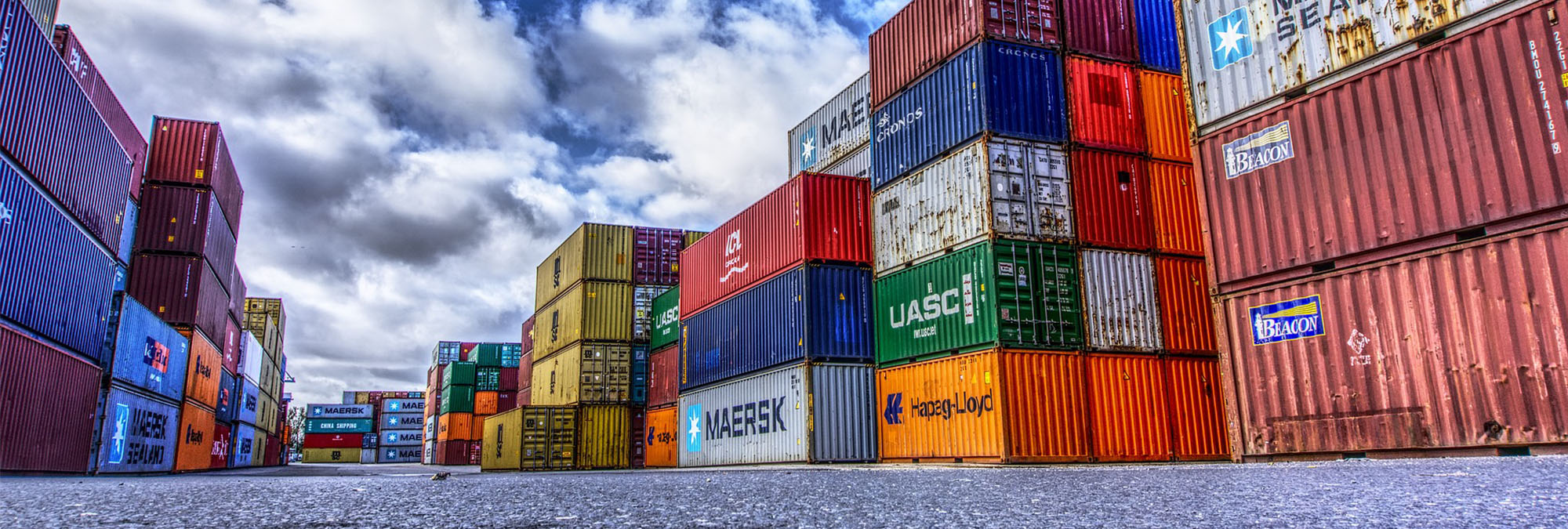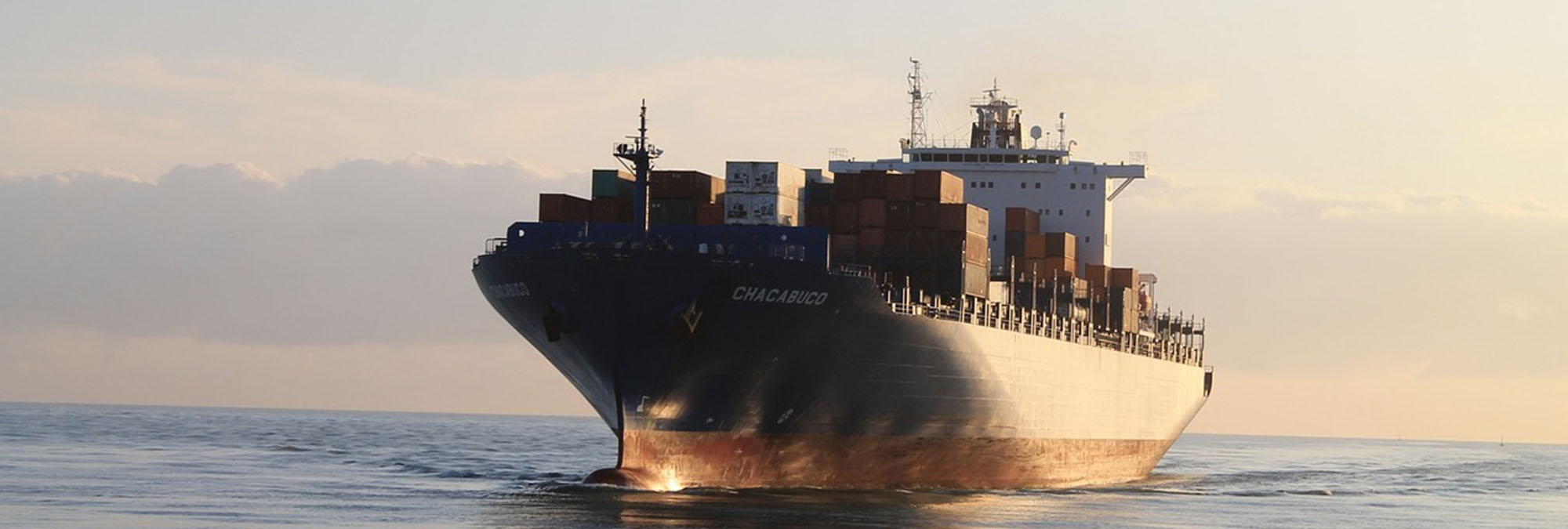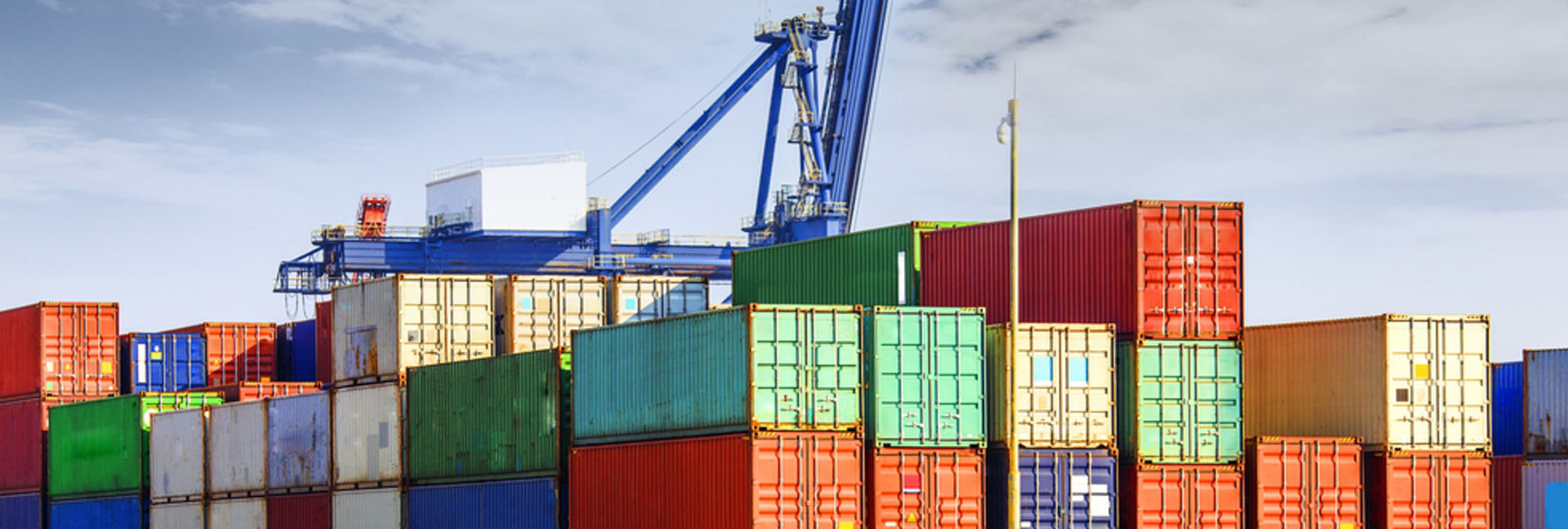What is cross-border logistics
Cross-border logistics is also called international logistics. It transports goods from one country to another by sea, land, or air. However, each country has different transportation specifications. For example, Taiwan has a list of related prohibited goods. Compared with domestic logistics, cross-border logistics is far away, takes a long time, and has high costs. It also involves export customs declaration, import customs clearance in the destination country, and other issues. Although it is challenging to operate cross-border logistics, cross-border e-commerce is thriving. Grasping the knowledge related to cross-border logistics will help you better avoid risks and conduct business.
Shipping methods of cross-border logistics
Common cross-border logistics transportation modes include international express delivery, air transportation, and sea transportation. The selection and adjustment shall be made according to the size of the commodity, the peak sales season, and whether the supply of products is sufficient, so as to ensure that the products can be timely warehoused for sale.
1. International Express
International express delivery refers to the express logistics business carried out between multiple countries/regions. It is usually used for single-product express delivery. The advantage of international express delivery is fast delivery, while the disadvantage is the high price. Common international express logistics carriers include UPS, DHL Express, FedEx, etc. Usually, they want the products to be delivered to consumers quickly and avoid urgent delivery order delays. Because the cost is too expensive, they can only use urgent delivery of single goods.
2.Air transportation
Air transportation refers to the logistics mode of transporting products to other countries by air transport. Generally, other products can be transported by air as long as they avoid the air embargo list of matches, lighters, explosives, flammable gases, pressure vessels, pressure cylinders, flammable solids, oxidizing substances, organic peroxides, etc. Although air transportation is convenient and fast, the freight is about 10 times that of sea transportation. Therefore, it is recommended to pay more attention to the delivery speed of products, clothing accessories, and small products.
3. Maritime transport
Marine transportation is a logistics mode of transporting products to other countries through cargo ships. It is generally handled by special shipping companies. The products that are suitable for marine transportation are usually those that can be preserved for a long time and are large in size. It is the most common and cheapest of the three cross-border e-commerce logistics methods, but the transportation time is quite long, and it usually takes about 2 to 3 months to send to the United States. In addition, in order to accurately predict the delivery time of products to other countries, it is usually necessary to send the products to the collection place of cross-border e-commerce logistics providers by sea transportation, and confirm the sailing time, weather conditions, port conditions, shipping times, etc.
Cross-border logistics process
Cross-border e-commerce logistics must go through such processes as Taiwan logistics shipment, Taiwan export customs declaration, foreign import customs clearance, foreign logistics warehousing, foreign logistics receipt, foreign logistics shipment, etc. If the goods want to be sold abroad, Taiwan customs should first check whether there is a problem with the products, and after the goods are transported to other countries, the customs of the other party should also check. If you do not do this step or fail to report, you may have the goods seized, returned, or even fined.
Cross border logistics process
Brand E-commerce Seller → The goods are handed over to the logistics company→ Logistics company → Domestic logistics shipment → Foreign import customs clearance → Foreign logistics warehousing → Foreign logistics point receipt → Foreign logistics shipment → Consumer receipt
Export declaration preparation
The export declaration means that the seller and logistics company reports the detailed information of export goods to Taiwan Customs, and the products can be exported only after the customs review and approval of export. The customs broker shall prepare the export declaration documents before sending the products. After receiving the information, the customs broker can apply for customs clearance to the customs within 5 days after preparing to arrive at the port or arriving at the inland point.
※ For details of documents required for customs declaration, please refer to the documents that must be filled in or attached for customs declaration of export goods stipulated by the Ministry of Finance.
Import customs clearance preparation
Import customs clearance refers to the process that manufacturers must declare to local customs, go through various formalities and provide customs declaration materials when their products are imported to other countries. If it is the first import, you need to provide the customs broker with POA, customs declaration power of attorney, BOND information, packing list of goods, commercial invoice of goods, logistics waybill, and other data. After the customs inspection is correct, you can complete the customs clearance for foreign imports, and the cross-border e-commerce logistics will transport the products to the logistics warehouse.
The importance of overseas warehouses
In recent years, affected by the epidemic and the impact of the supply chain, the phenomenon of cargo ships blocking the port often occurs, which leads to the late replenishment of goods in the sales season, resulting in a decline in sales. At this time, the importance of overseas warehouses is highlighted. The biggest purpose of establishing an overseas warehouse is to facilitate overseas consumers to get goods in time. For example, in sales seasons and festivals, when there is a shortage of goods in the warehouse of the e-commerce platform, the seller can timely replenish goods from the overseas warehouse. Compared with competitors without overseas warehouses, they will encounter problems in the port, making it impossible for products to be on the shelf on time, while your supply of goods can be continuously replenished to seize the market opportunity, At the same time, the advantages of the overseas warehouse are to improve the processing speed of customer returns, increase customer satisfaction, etc.
Conclusion
Do you have a deeper understanding of cross-border logistics after reading this article? If you want to know more, please contact Ying Xuan Zhuang. We are committed to promoting all kinds of Taiwanese food all over Taiwan and selling it all over the world. With complete and high-quality supplier resources and partners, we can provide up to 500 kinds of goods to meet the different needs of customers. A professional team, actively expanding overseas strongholds, is committed to entering independent foreign supermarkets, foreign food wholesalers, foreign chain stores, etc.










